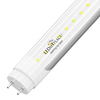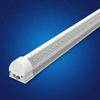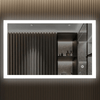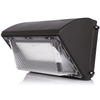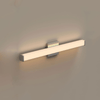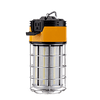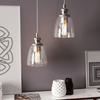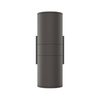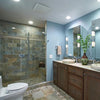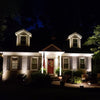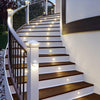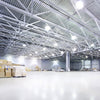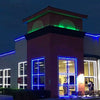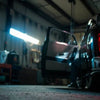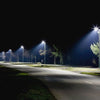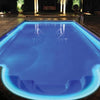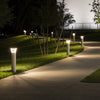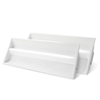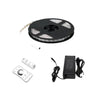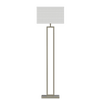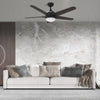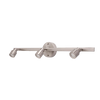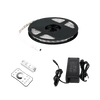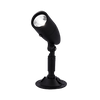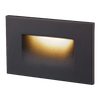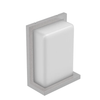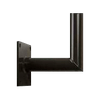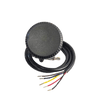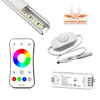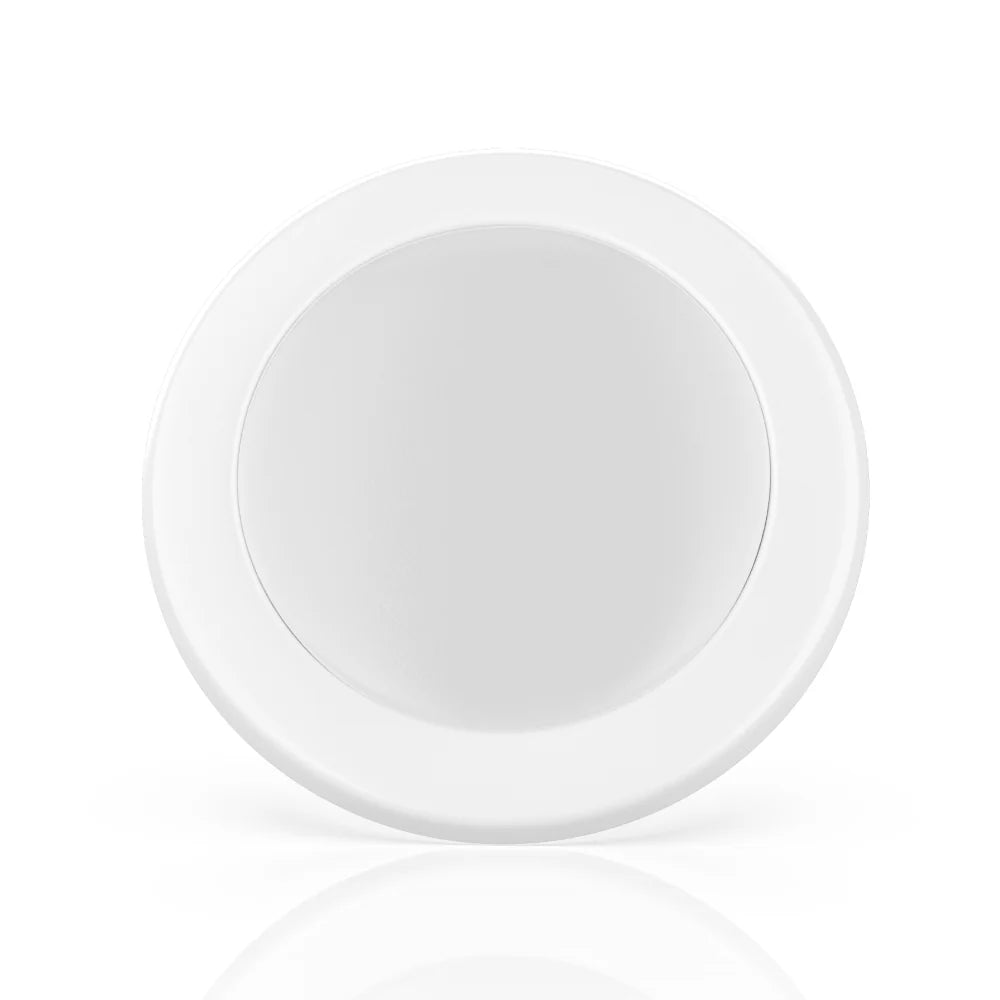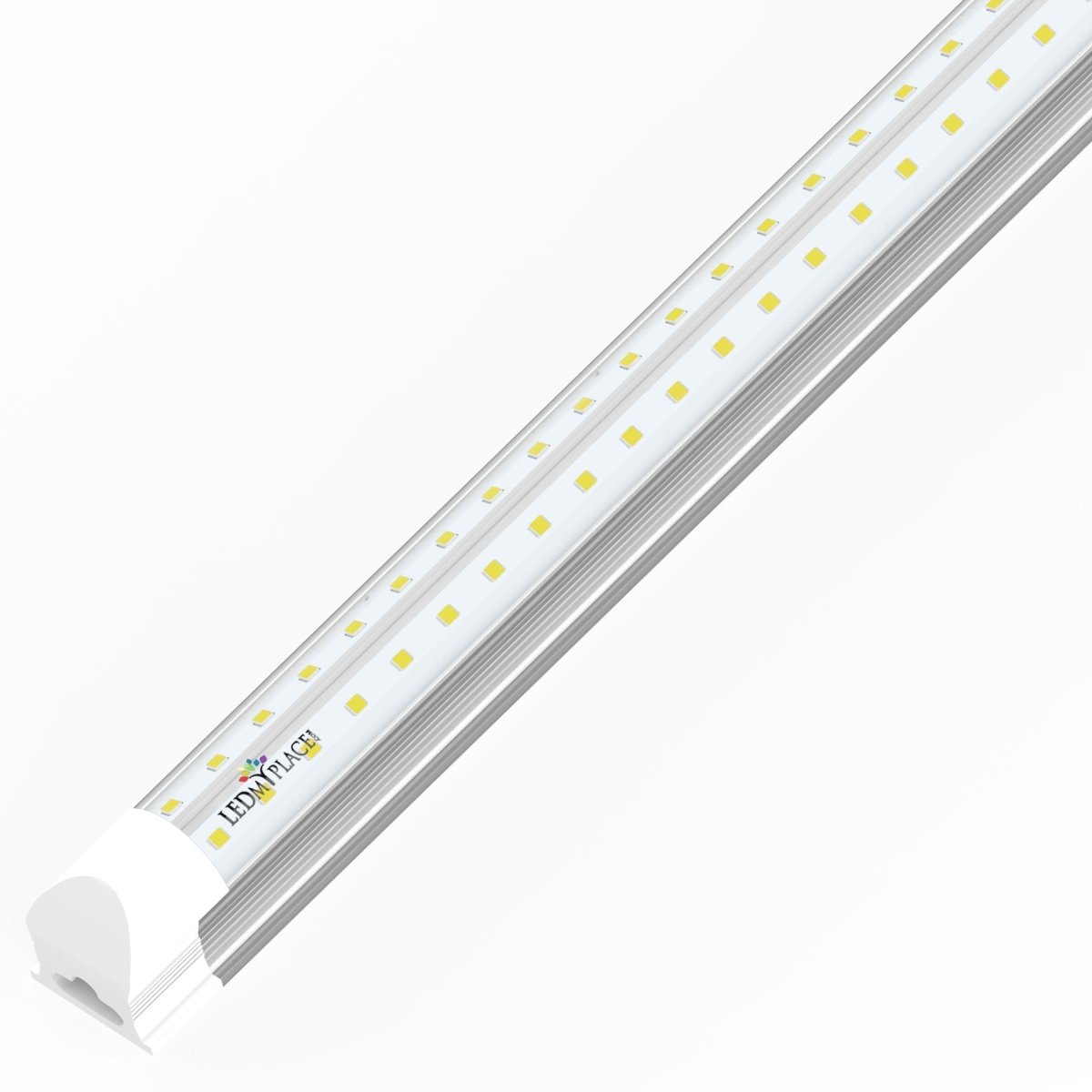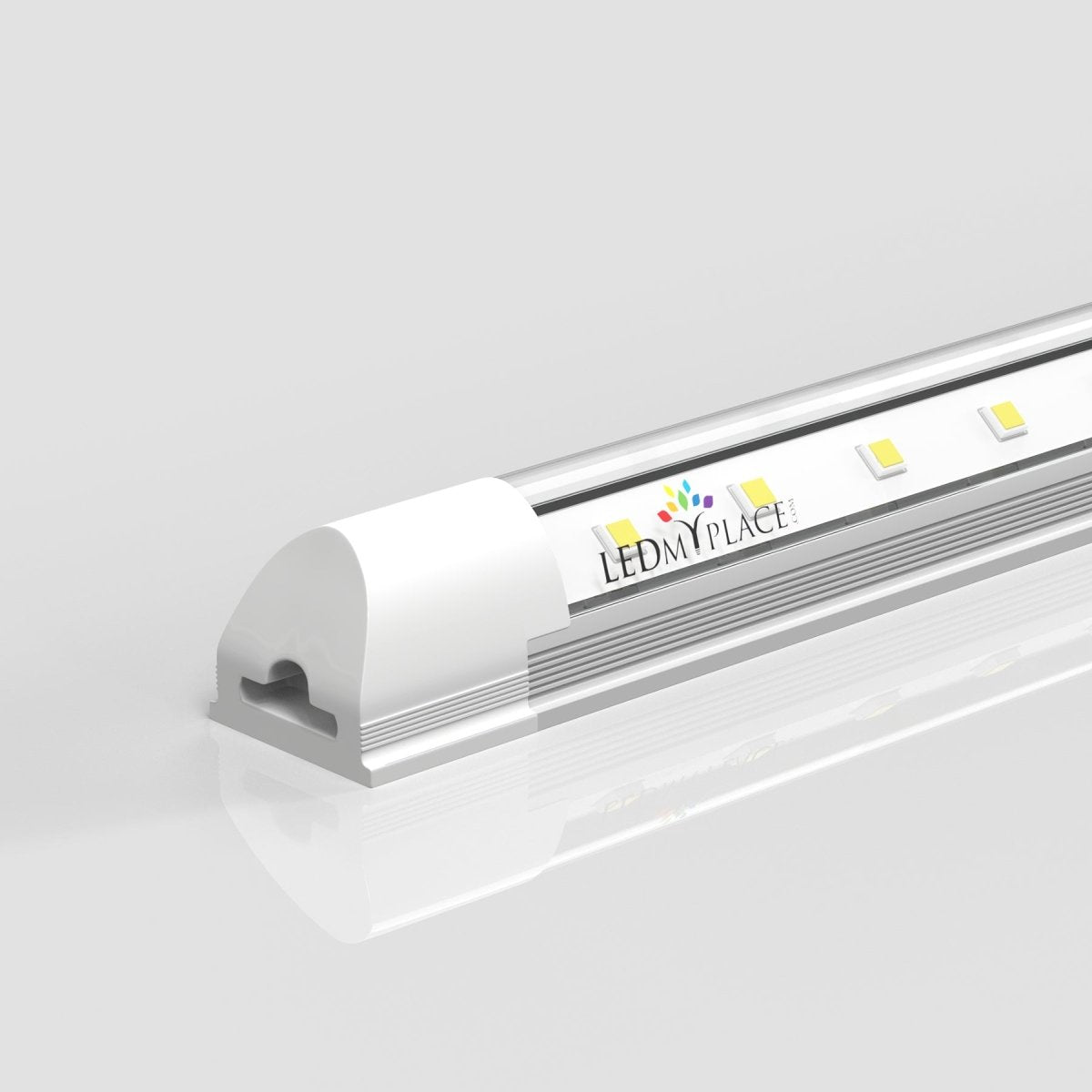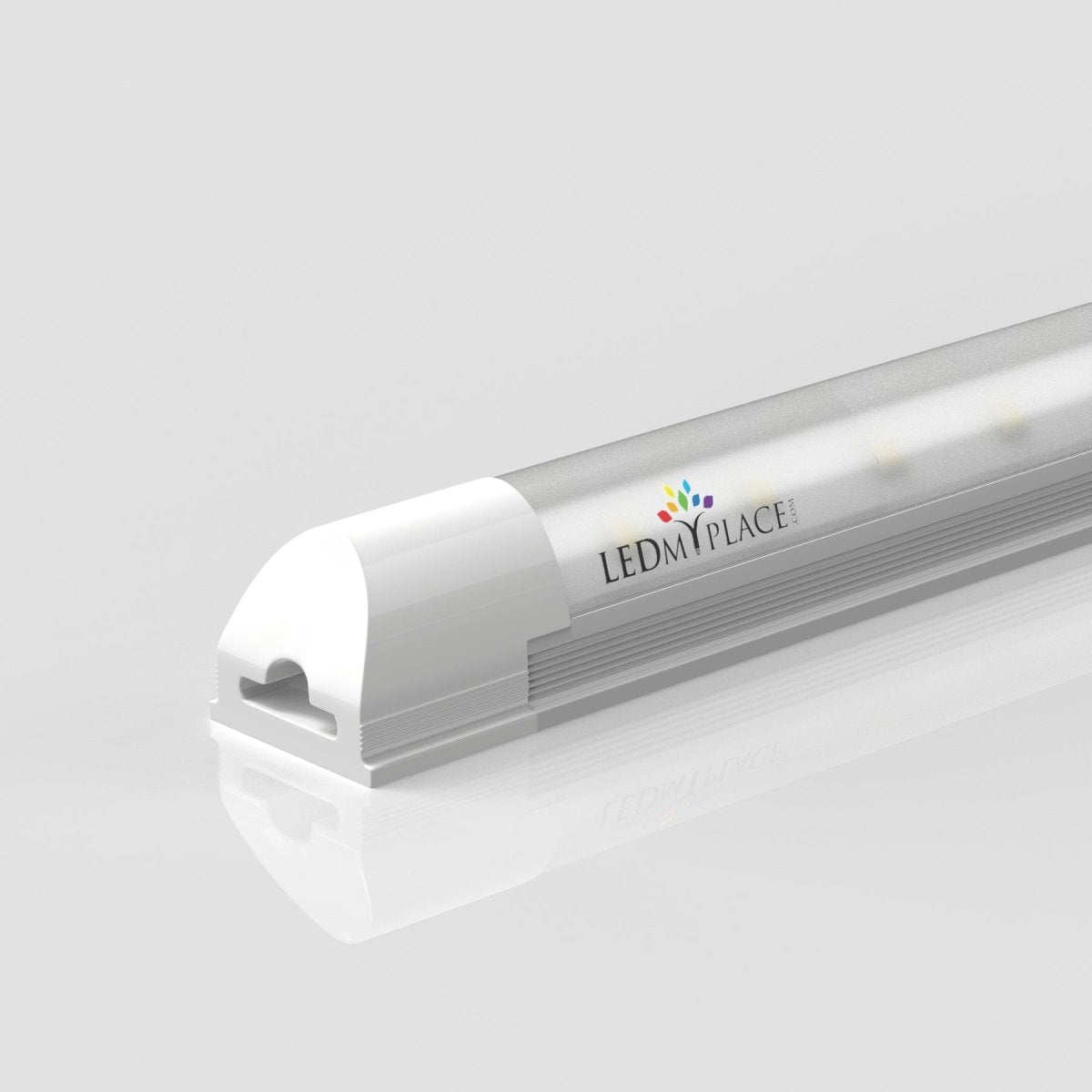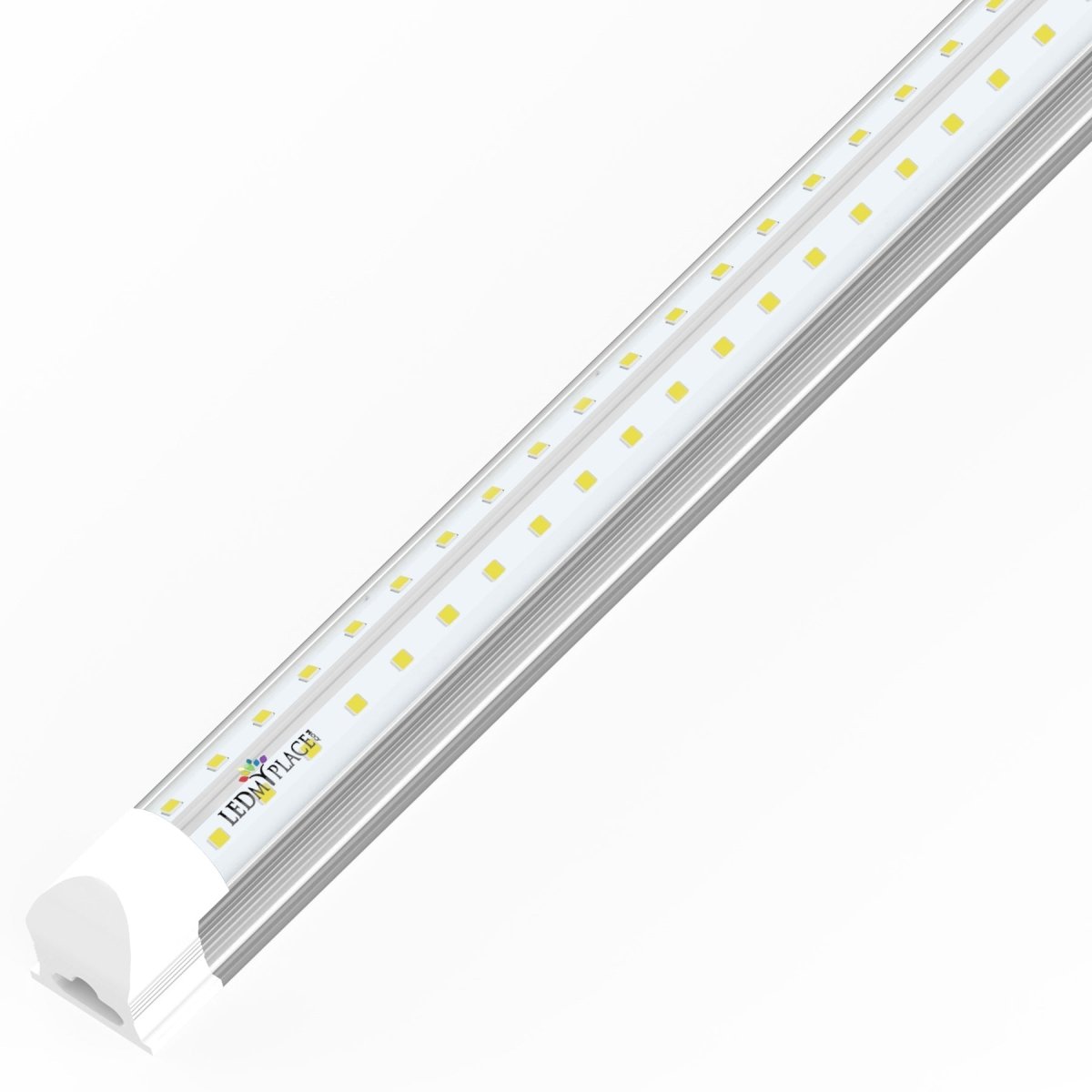If you're setting up a workshop or garage, one of the essential elements to consider is adequate lighting. Proper lighting not only enhances productivity but also ensures safety in your workspace. Shop lights are a popular choice due to their brightness and efficiency. However, before you can enjoy the benefits of these lights, you need to know how to wire them correctly. In this comprehensive guide, we'll walk you through the process of wiring shop lights, ensuring that you have a well-lit and functional workspace.
Table of Contents
- Introduction
- Safety Precautions
- Gather the Necessary Tools and Materials
- Planning the Layout
- Turning Off the Power
- Mounting the Fixtures
- Running the Electrical Cables
- Connecting the Wires
- Attaching the Switch
- Powering Up
- Testing the Lights
- Tips for Troubleshooting
- Maintenance and Safety Tips
- Frequently Asked Questions (FAQs)
- Conclusion
1. Introduction
Shop lights play a crucial role in creating a well-illuminated workspace, making it easier to perform tasks with precision and accuracy. In this guide, we will provide you with step-by-step instructions on how to wire shop lights safely and efficiently.
2. Safety Precautions
Before diving into the wiring process, it's essential to prioritize safety. Ensure that you have the following safety gear:
- Safety glasses
- Gloves
- A voltage tester
- Circuit breaker lockout/tagout device
3. Gather the Necessary Tools and Materials
To begin, gather the tools and materials you'll need:
- Shop lights
- Electrical cables
- Wire nuts
- Wire strippers
- Screwdriver
- Wire connectors
- Drill and screws (for mounting)
4. Planning the Layout
Before installing the lights, plan their layout carefully. Consider the location of power outlets, switches, and the best placement for even lighting throughout your workspace.
5. Turning Off the Power
Ensure the power source is turned off at the circuit breaker or fuse box to prevent electrical accidents.
6. Mounting the Fixtures
Using your drill and screws, mount the shop lights securely to the ceiling or wall, following the manufacturer's instructions.
7. Running the Electrical Cables
Run the electrical cables from the power source to each fixture location. Use cable staples to secure the cables along the path, keeping them neat and organized.
8. Connecting the Wires
Strip the ends of the electrical cables and connect the wires following the color codes (typically black to black, white to white, and green or bare copper to the ground). Use wire nuts and ensure a secure connection.
9. Attaching the Switch
If your setup requires a switch, wire it into the circuit. Ensure that the switch is easily accessible and convenient for turning the lights on and off.
10. Powering Up
Turn the power back on at the circuit breaker or fuse box. Your shop lights should now have electricity running to them.
11. Testing the Lights
Test each shop light to ensure it is functioning correctly. If any lights don't turn on, double-check your connections and wiring.
12. Tips for Troubleshooting
If you encounter any issues, consult the troubleshooting section of your shop lights' manual or seek professional assistance.
13. Maintenance and Safety Tips
Regularly inspect your shop lights for signs of wear or damage. Keep the area around the fixtures clear of debris, and replace any faulty components promptly to maintain safety.
14. Frequently Asked Questions (FAQs)
Q1: Can I install shop lights by myself, or should I hire a professional?
A1: While it's possible to install shop lights yourself, if you're not comfortable with electrical work, it's best to hire a licensed electrician for safety reasons.
Q2: What type of shop lights are the most energy-efficient?
A2: LED shop lights are the most energy-efficient choice, as they consume less electricity and have a longer lifespan compared to traditional fluorescent lights.
Q3: How do I calculate the number of shop lights needed for my workspace?
A3: Measure the square footage of your workspace and aim for at least 20 lumens per square foot. Divide the total lumens of your chosen shop lights by 20 to determine the number of fixtures required.
Q4: Can I daisy-chain multiple shop lights together?
A4: Yes, you can daisy-chain shop lights, but ensure that the total wattage does not exceed the capacity of the circuit.
Q5: What is the average lifespan of shop lights?
A5: The average lifespan of shop lights varies, but LED shop lights typically last between 50,000 to 100,000 hours.
15. Conclusion
Properly wiring shop lights is essential for a well-lit and functional workspace. By following the steps outlined in this guide and prioritizing safety, you can enjoy the benefits of a well-illuminated workshop or garage.



